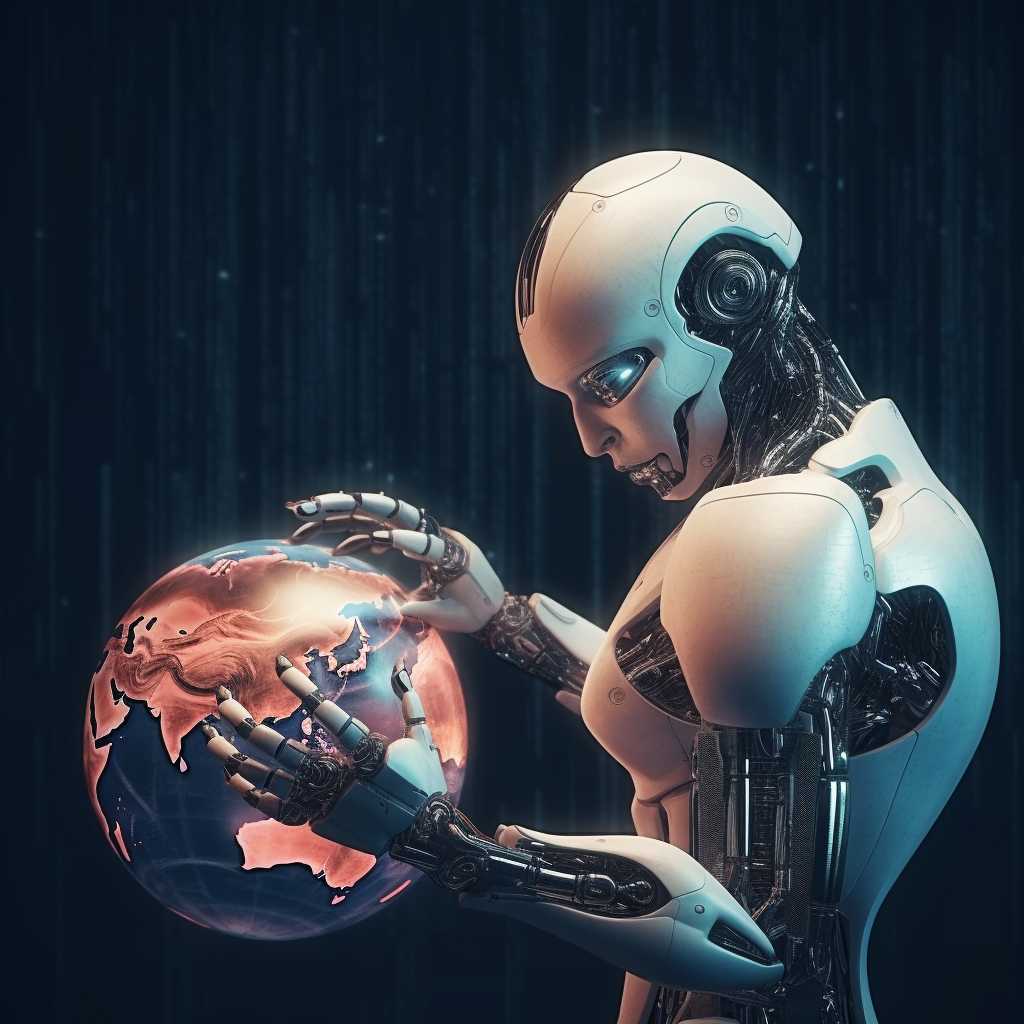
Chatbots have rapidly evolved over the years, becoming increasingly sophisticated, intelligent, and interactive. Among these advanced AI-powered conversational tools, OpenAI’s ChatGPT has garnered significant attention for its ability to generate human-like text. Despite its remarkable prowess, ChatGPT, like its contemporaries, is not devoid of certain issues. A peculiar phenomenon known as “hallucinations” has surfaced, causing a stir in the AI community and beyond.
“Hallucinations” in AI parlance refer to instances when AI systems, like ChatGPT, create and present false or unrelated information as fact.
While these fabrications may initially seem amusing, they can potentially undermine the integrity and reliability of AI tools, leading to far-reaching implications. Despite these challenges, efforts are ongoing to mitigate and eventually eradicate these hallucinations, enabling us to utilize the full potential of these impressive AI technologies.
The following sections delve into common queries related to these hallucinations, offering a comprehensive understanding of this AI phenomenon and how it is being addressed.
What Does ‘Hallucination’ in AI Mean?
“Hallucination” in artificial intelligence is a term that refers to the generation of outputs by an AI model that may seem plausible but are not factually correct or contextually relevant. In simpler terms, the AI system “hallucinates” information it hasn’t explicitly been trained on, resulting in potentially misleading or unreliable responses.
What Are Some Examples of AI Hallucinations?
To comprehend the nature and potential impact of AI hallucinations, let’s consider several examples where these occurrences could create problems, even leading to severe consequences in certain situations.
1. Misinformation in Education and Research
In educational or research contexts, a student or a researcher could ask the AI to explain a complex concept or historical event. However, a hallucination might result in the AI delivering incorrect information, leading to misconceptions, incorrect understanding, and inaccuracies in academic work or research conclusions.
2. Erroneous Medical Advice
Consider a scenario where a user consults the AI for medical advice. A hallucination could result in misleading or factually incorrect information that, if acted upon, could potentially harm the individual’s health or delay appropriate medical intervention.
3. Flawed Legal Recommendations
As in the case of the New York City lawyer who faced potential sanctions, hallucinations can significantly impact the field of law. If an AI-powered chatbot suggests incorrect legal strategies, misinterprets laws, or cites nonexistent cases, it could lead to legal ramifications for both the user and their clients.
4. Misleading Financial Advice
AI hallucinations can also wreak havoc in the financial sector. Users seeking investment advice from an AI could receive faulty recommendations due to a hallucination. Following such advice could result in significant financial losses.
5. Inaccurate News or Historical Information
In another scenario, an AI could provide misleading or incorrect news updates or historical information. This can create a skewed perception of events or misinterpretation of historical facts, contributing to the spread of misinformation.
6. Ethical Misrepresentation
An AI hallucination could lead to the propagation of harmful stereotypes or biases. For instance, if the AI is asked about cultural or societal aspects, a hallucinated response might perpetuate harmful misconceptions, leading to potential misunderstandings and conflicts.
These examples showcase how AI hallucinations can surface in a variety of contexts and potentially lead to serious consequences. The gravity of these implications underscores the importance of addressing and mitigating this issue in AI systems.
Why Are Hallucinations in AI Problematic?
AI hallucinations can lead to various problems. When AI systems produce incorrect or misleading information, users may lose trust in the technology, which could impede its adoption across various sectors.
Ethically, hallucinated outputs can potentially perpetuate harmful stereotypes or misinformation, making the AI systems problematic. These hallucinations can also adversely impact decision-making in fields like finance, healthcare, and law, leading to poor choices with severe consequences.
Lastly, the generation of inaccurate or misleading outputs could expose AI developers and users to potential legal liabilities.
What Are the Current Efforts to Address Hallucinations in AI?
There are several ways that these models can be improved to reduce the occurrence of hallucinations. These include using improved training data that is diverse, accurate, and contextually relevant; employing red teaming where developers simulate adversarial scenarios to test the AI system’s vulnerability to hallucinations and iteratively improve the model; enhancing the transparency and explainability of AI models to help users understand when to trust the system and when to seek additional verification; and involving human reviewers to validate the AI system’s outputs, which can mitigate the impact of hallucinations and improve the overall reliability of the technology.
Will ChatGPT Continue to ‘Hallucinate’?
While OpenAI has not provided a definitive timeline for completely eradicating hallucinations in ChatGPT, they have demonstrated a commitment to improving the technology and reducing the occurrence of these errors. They are continuously working on refining the system’s software to enhance its reliability.
However, until these improvements are fully integrated into ChatGPT, it may still produce occasional hallucinations. Therefore, it is essential for users to cross-verify the information provided by ChatGPT, especially in critical scenarios or important use cases where any error is considered terrible (like legal or financial documents, as an example).




